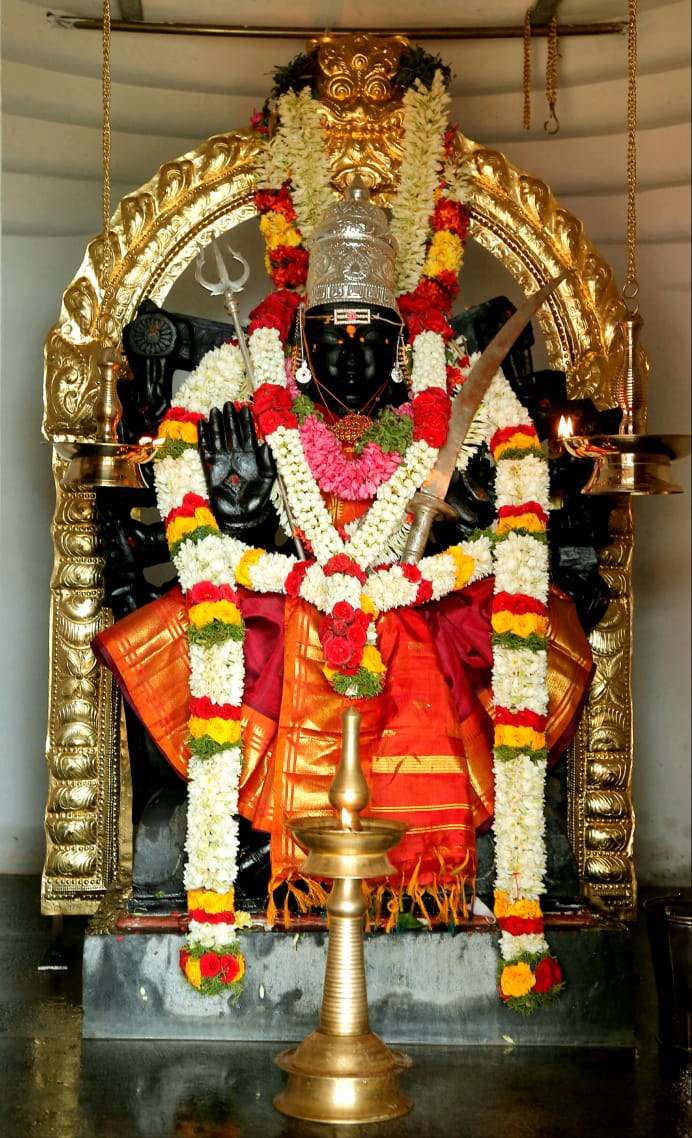
Prosperity, Aiśwarya, remains the most sought attribute by the people all over the world. Prosperity can be classified into two types, the inner and the outer prosperity. The conferrer of both kinds of prosperity is the Hiranmayi, goddess Lakṣmi. She is rightly entitled as Sri, literally meaning wealth and at times used to personify goddess Lakṣmi. The Goddess is worshipped by her devotees who call her as Māta, meaning Mother, out of pure love and compassion for her divine gaze. To bless all her devotees, beloved Māta takes 8 forms, Mahālakṣmi, Dhanalakṣmi, Ḍhānyalakṣmi, Gajalakṣmi, Sanṭhānalakṣmi, Ḍairyalakṣmi, Vijayalakṣmi and Vidyālakṣmi.

Offering our prayers to Māta, by visiting her shrine located inside the forest at Kodaikanal gives us the true solace. Located 18kms from Kodaikanal and 4kms before the village of Poombarai, inside dense jungle is the Poongavanam Mahālakṣmi temple. The Deity, Mahālakṣmi, at this temple is found in a sitting posture on the lotus, bearing the divine Conch (Śanka) and the holy wheel (Cakrā) in her hands, gives the majestic sight to all her bhaktas. Goddess Mahalakhmi, here, is said to be in a conglomerate form of The Trinity Goddesses, Lakṣmi, Saraswathi and Durga. The deity bears all eight powers or the Aśta Siddhis in her. Other deities found in the temple are Chamundeswari, Ganesha and Naagar.
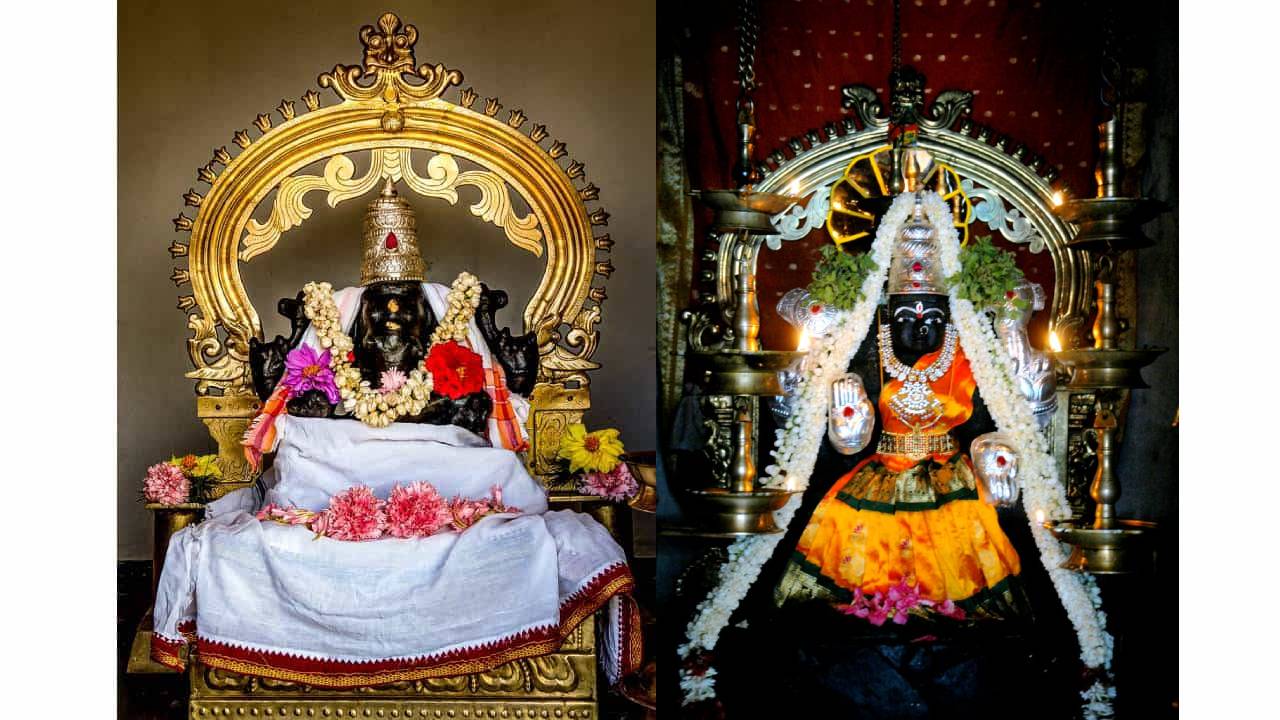
The temple began to take its form on 1 May 2007 and the Kumbabhiśeka had taken place on June 11, after a series of yagnas which had begun from June 1. It was engineered completely following the Kerala style of temple architecture. The head priest of the temple is a Namboodhiri from Kerala. The founding members of the shrine were native Thanjavur pillaigal. The temple follows a chaste system in conducting poojas from the time of its commencement. The serenity of the wilderness also gives space for establishing the spiritual connection and contemplation.
“There is an interesting anecdote behind the construction of the temple,” exclaimed one of the founding members of the temple, Mrs. Sreekala Sivakumar. “Since my paternal grandfather's times, our family remained ardent devotees of Goddess Aṃbāl. My college days were not smooth, as a result I felt depressed. During one of the nights, I had a vision of Viṣwarūpa ḍharśna of Aṃbāl which prompted me to take steps towards the construction of this temple.” Further, Mr. Sivakumar, continued, "On consulting our family astrologer about the vision, he predicted by checking the praśnaṃ that the temple has to be constructed in a cold region and prominent power in the deity remained goddess Mahālakṣmi. That is when we decided this place to construct Mother’s temple. Even though we faced many troubles, with blessings of the Goddess we finally made it.”

The Festival, Akshaya Ṭhrithiya, is celebrated in a grand way with a group of 5 priests performing the auspicious, Kanagaḍhāra Ḥomaṃ for 108 times. Viḍyārambhaṃ and Navarātri are also other celebration times when many families visit the temple with intense prayers. Poojas like Bhāgya Sukta Puśpānjali, for the removal of any obstacles and begetting good luck and fortune; Puruṣa Sukṭa Puśpānjali, for child birth and other related problems; Swayamvara Puśpānjali, for the occurrence of marriage; Śatru Saṃḥāra Pūja, for the removal of obstacles and effects of bad intentions of enemies, are also performed.
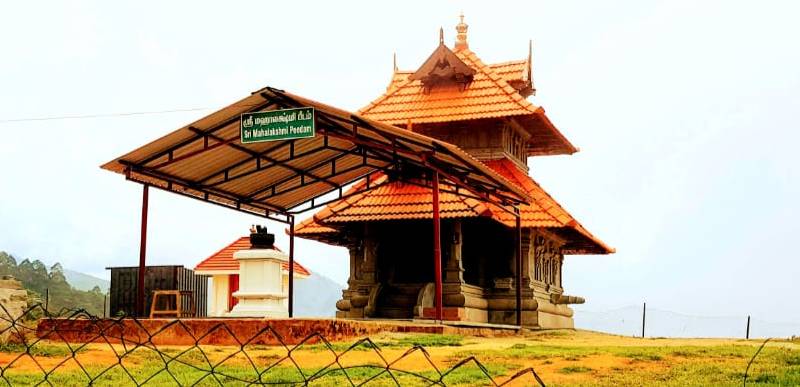
Website: http://srimahalakshmipeedam.com/
NEXT ARTICLE
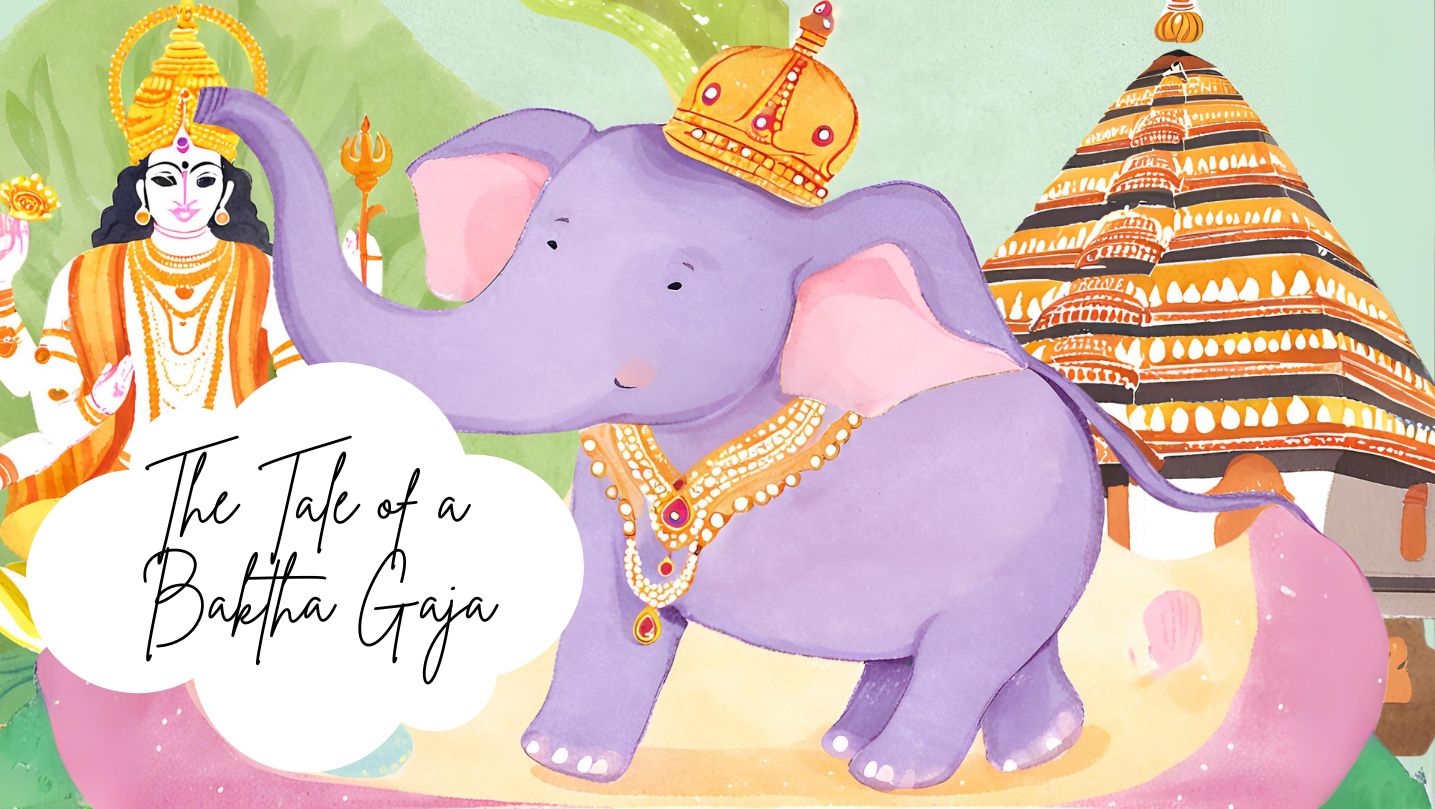
In the lush, green heart of Kerala lived an elephant who became a living legend - a tale of an elephant turned into a bakth. His name was Keshavan, bu...
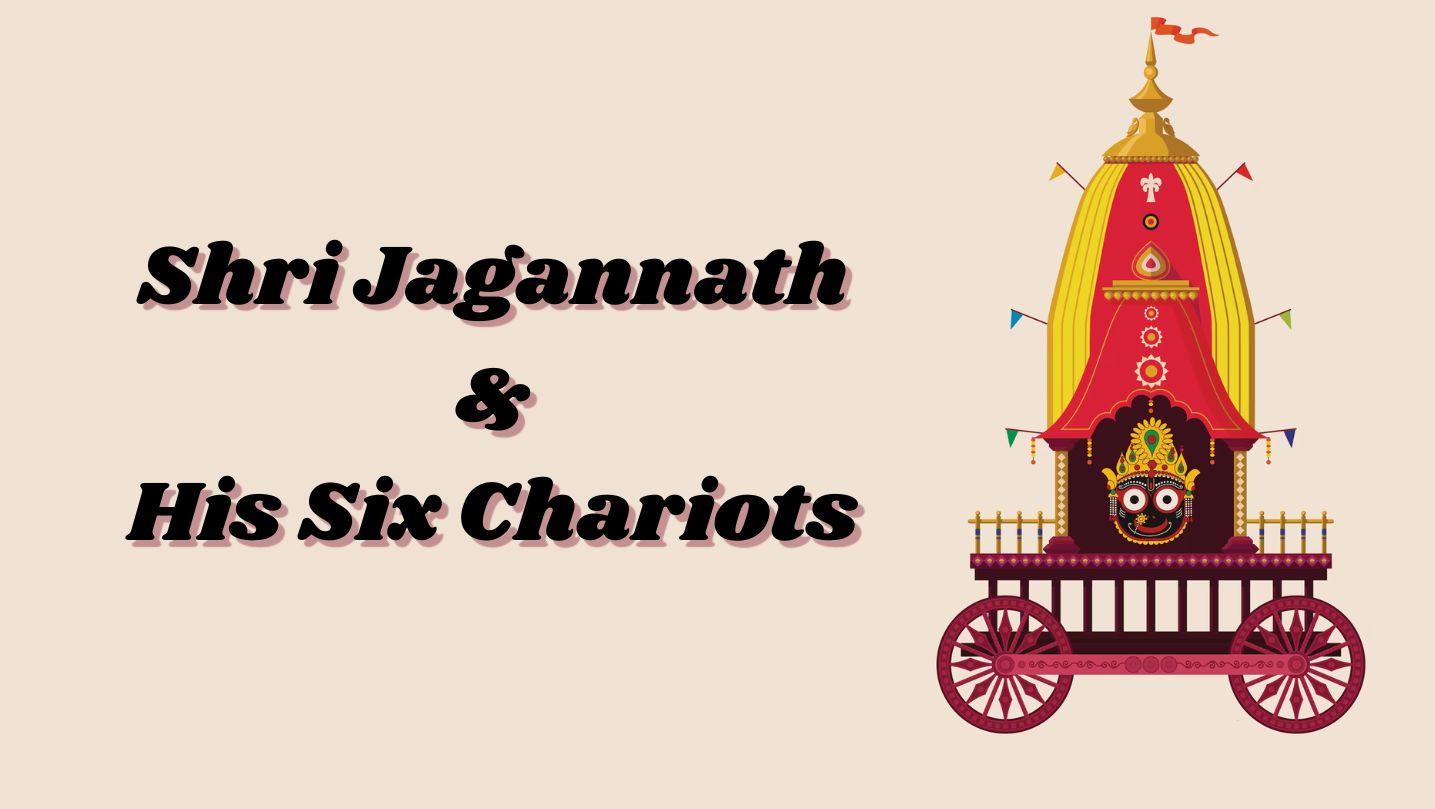
The Chaitanya Charitamrita by Shri Krishna Das Kaviraj provides a vivid description of the operations management of Shri Gundicha Yatra during the tim...
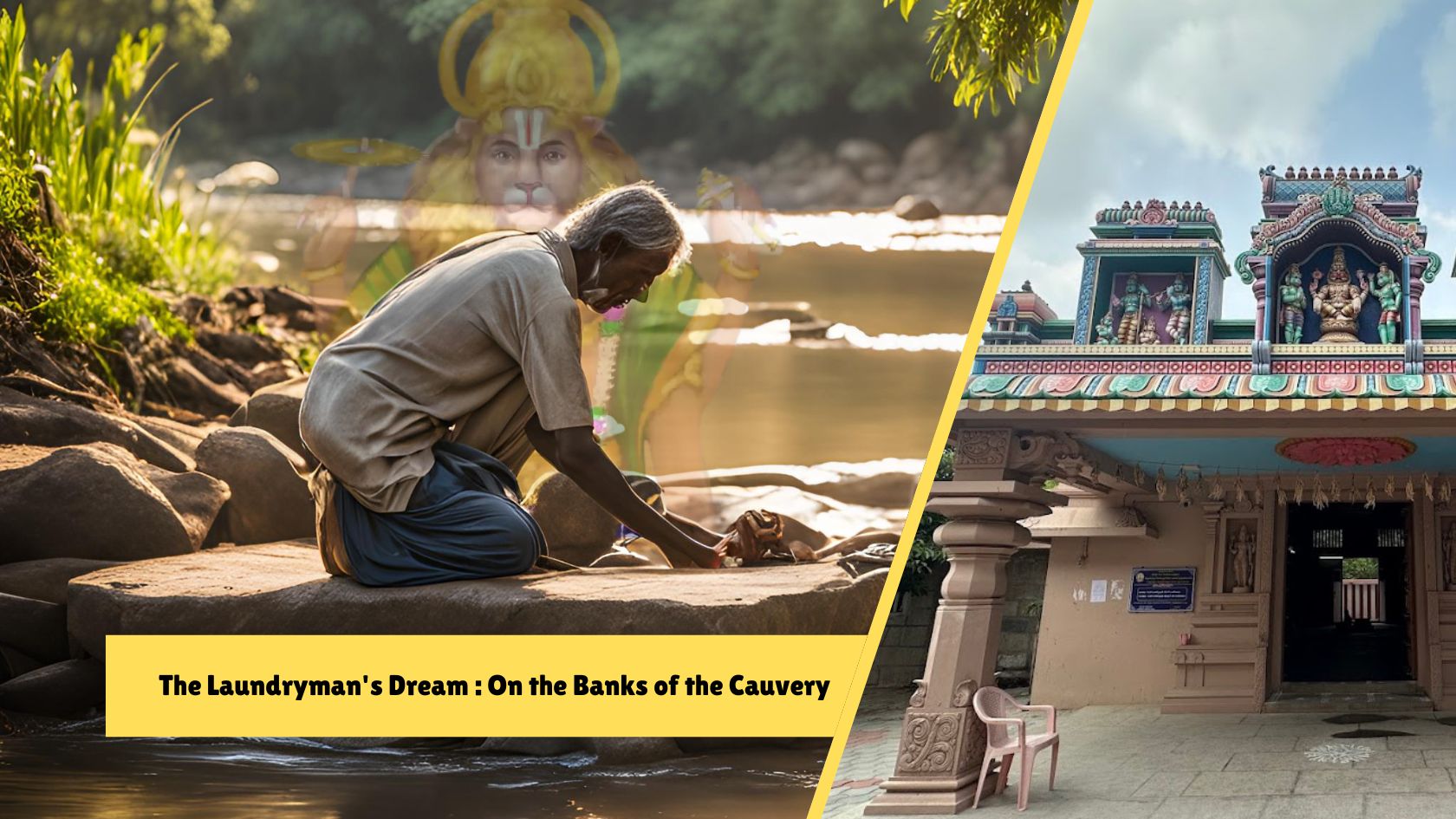
The sun beat down on my back as we stepped out of the car, the air thick with the humidity of rural Tamil Nadu. Chinthalavadi, a small village nestled...